dineshchaturvedi
New Member
- Joined
- Jul 11, 2009
- Messages
- 537
- Likes
- 112
Can these be used against terrorist? The need of the day seems to be low intensity warfare.





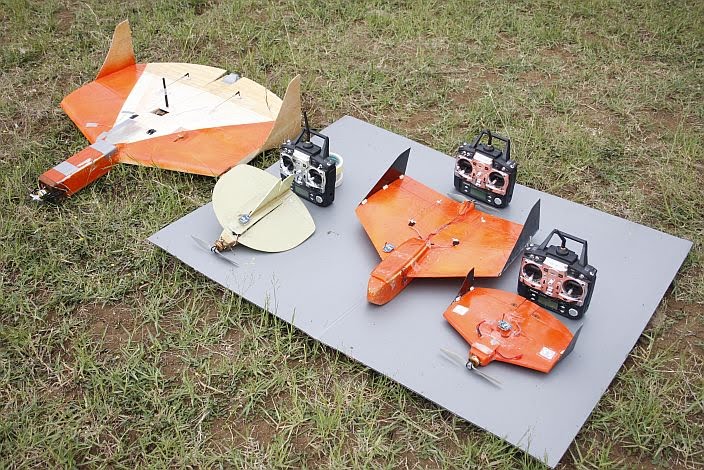
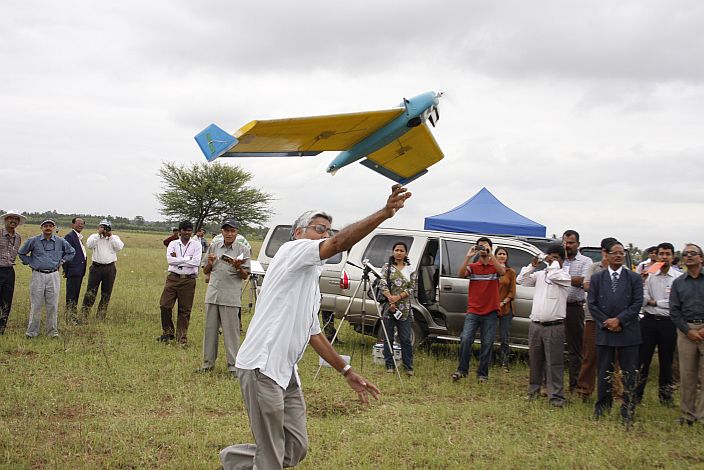
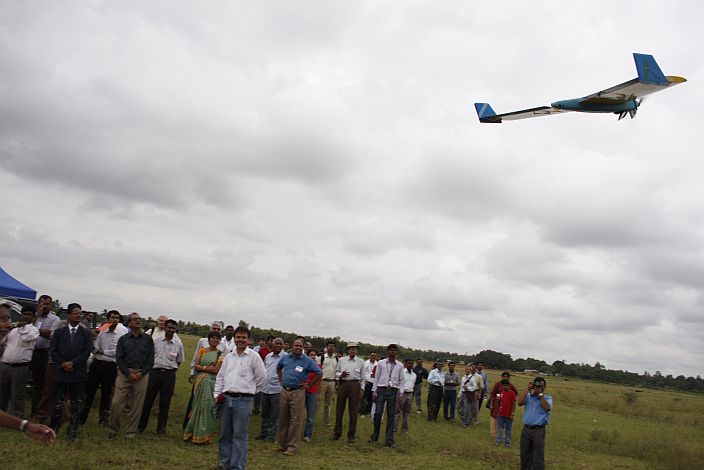
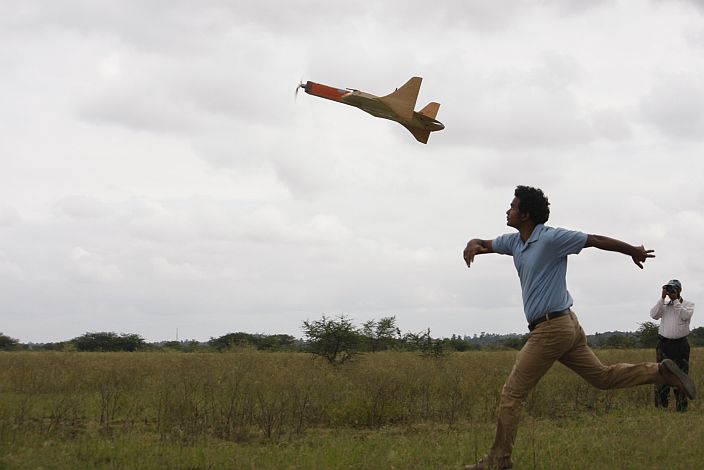

The DEW LineA diagram on the exhibit booth yesterday identifies the aircraft by the acronym "MPLE", but does not elaborate. The photo shows the aircraft flying at what appears to be medium altitude over a desert landscape. The turreted sensor appears to be hanging from beneath the nose. The high-aspect ratio wings are bent upwards at the tips for a dihedral angle.

Rustam MALE uav
IA require UACV like reaper, flying a attack helo over Kashmir could cause Human Rights concerns also it is expensive to fly a helo compare to UAV, A reaper like UCAV cause less attention yet it does it job nicely, Now days their is technology where we can update our present UAV like Nishant or Searcher 1&2 into UCAV,:When would we be inducting UCAVs like the Reaper etc. I am sure that we can further develop one of the Israeli UAVs to become UCAVs
A motar shell is way cheap than a Laser Guided PGM, We just need the Kit to update normal motar shells into PGM..
Air Dropped Mortar Successfully Demonstrated from Tactical UAV
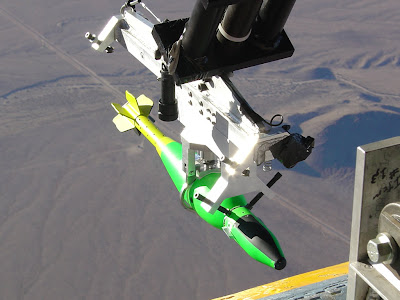
General Dynamics Demonstrates Precision Strike Capability for Tactical UAVs with 81mm Air-Dropped Guided Mortar
BOTHELL, Wash. – General Dynamics Ordnance and Tactical Systems has successfully guided an 81mm Air-Dropped Guided Mortar (ADM) to a stationary ground target. The guide-to-target flight demonstrations, conducted at Ft. Sill, Okla., confirmed the ability of the 81mm ADM using a novel guidance kit and fuze to provide a precision strike capability for Tactical-Class Unmanned Aircraft (TUAV). The ADM was released from a TUAV using the company's newly developed "Smart Rack" carriage and release system that enables weaponization of any TUAV platform.
Application of RCFC technology to the 81mm air-dropped guided mortar has been developed in conjunction with the U.S. Army's Armament Research Development and Engineering Center (ARDEC) in Picatinny Arsenal, N.J. ARDEC developed and successfully tested environmental sensors for the guidance kit's fuzing system. The results from the Ft. Sill flight tests built on previously successful 81mm air-dropped guided mortar guide-to-target flight demonstrations by General Dynamics and ARDEC in Kingman, Ariz., in December 2008.
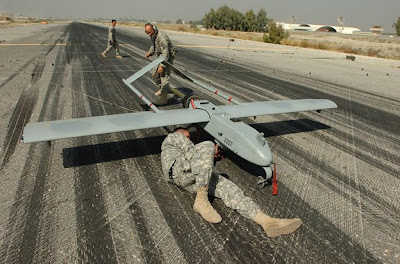
RQ-7 Shadow as a tactical UAV platform (photo : Defense Industry Daily)
Designed to meet the needs of the U.S. Army, Marine Corps and Special Forces for a rapid target response capability, the ADM uses existing mortar inventory to provide a low-cost, lightweight weapon system with proven energetics. The company's patented Roll Controlled Fixed Canard (RCFC) guidance kit, with an innovative flight-control and GPS-based guidance and navigational system, adds precision strike capability to existing mortars. The nose-mounted guidance kit replaces existing mortar fuzes and has been successfully demonstrated on multiple mortar calibers in both air-drop and tube-launch applications and provides a common, multi-platform Guidance, Navigation and Control (GNC) and integrated weapon system for unmanned aircraft.
The tube-launched application is a low-cost guidance approach that has been successfully demonstrated at Yuma Proving Grounds in a tactical 120mm guided mortar configuration known as the Roll Controlled Guided Mortar (RCGM). The tube launched 120mm RCGM uses the existing warhead and the M934A1 fuze.
We dont need deep penetration strikes in the commie land as of now with the UCAV, Rustom is more than enoughI can't understand why are still lagging behind in the area of UCAVs !! When we can design an aircraft, then why not a decent UCAV ? I think the Rustom should be speeded up and converted into a UCAV though its range is pathetic !
I agree on range factor of Rustom. But afterall its a MALE UAV. In future (?) long range UAVs should come up for at least intelligence gathering purpose.I can't understand why are still lagging behind in the area of UCAVs !! When we can design an aircraft, then why not a decent UCAV ? I think the Rustom should be speeded up and converted into a UCAV though its range is pathetic !
| Thread starter | Similar threads | Forum | Replies | Date |
|---|---|---|---|---|
|
|
IAF HAWK 132 as Unmanned aerial combat vehicle | Indian Air Force | 0 | |
|
|
Cronshtadt Orion Lite MALE UAV/UCAV Platform | Military Aviation | 4 | |
|
|
India's Current & Future UAVs & UCAVs | Indian Air Force | 949 | |
|
|
Chinese UAV and UCAV News & Updates | China | 28 |
